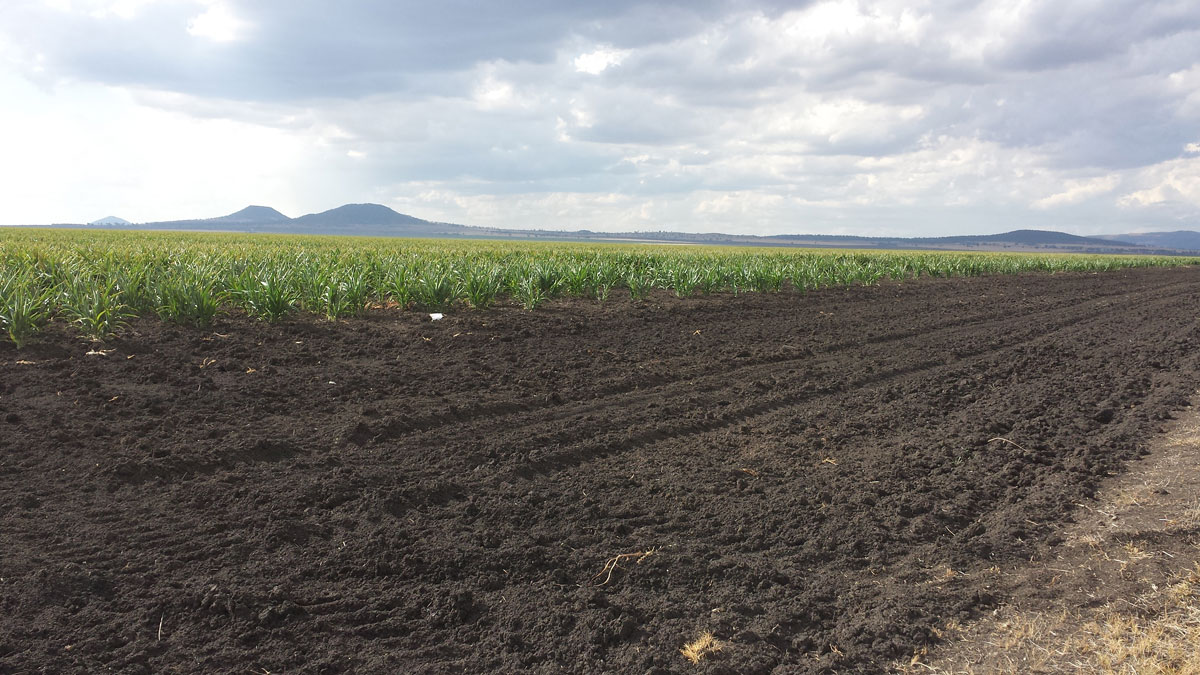Our paper Farm-scale soil carbon auditing authored by Jaap deGruijter, Alex McBratney, Budiman Minasny, Ichsani Wheeler, brendan Malone and Uta Stockmann was recently voted as Best Paper in Geoderma.
The paper available here was published in the March issue of Geoderma.
The idea of the paper was borne out of an ARC Linkage project in 2009 on establishing a method for auditing soil carbon, by offering a way to quantify carbon sequestered from the atmosphere; where farmers can earn a monetary value as carbon credits. Most people back then still debate on how soil can benefit for the offsets in the carbon economy because there is no good and efficient way of measuring soil carbon storage with appropriate statistical confidence.
We developed a methodology for auditing soil carbon, and it was patented. Ichsani completed a thesis detailing the direct measurement approach with a stratified simple random sampling, and addressed various issues of payment, uncertainty, and non-permanence.
Now in this new research, Jaap and colleagues developed a novel method for soil carbon auditing at farm scale based on data value is presented. Using a map of carbon content with associated uncertainty, it optimizes stratified random sampling: number of strata, stratum boundaries, total sample size and sample sizes within strata. The optimization maximizes the expected profit for the farmer on the basis of sequestered carbon price, sampling costs, and a trading parameter that balances farmer’s and buyer’s risks due to uncertainty of the estimated amount of sequestered carbon.
The stratification is optimized by a novel method (Ospats), an iterative procedure that re-allocates grid points to strata on the basis of pairwise differences between predictions and covariances of prediction errors. Optimal sample sizes are calculated from variance predictions by Ospats.
This methodology was applied on an Australian farm (“Nowley”) and was shown that soil carbon changes across farms and regions can be audited effectively using the proposed method.
The paper futher concluded that sample bulking and returning to the same sites in subsequent sampling rounds are not recommendable.


Leave a Reply